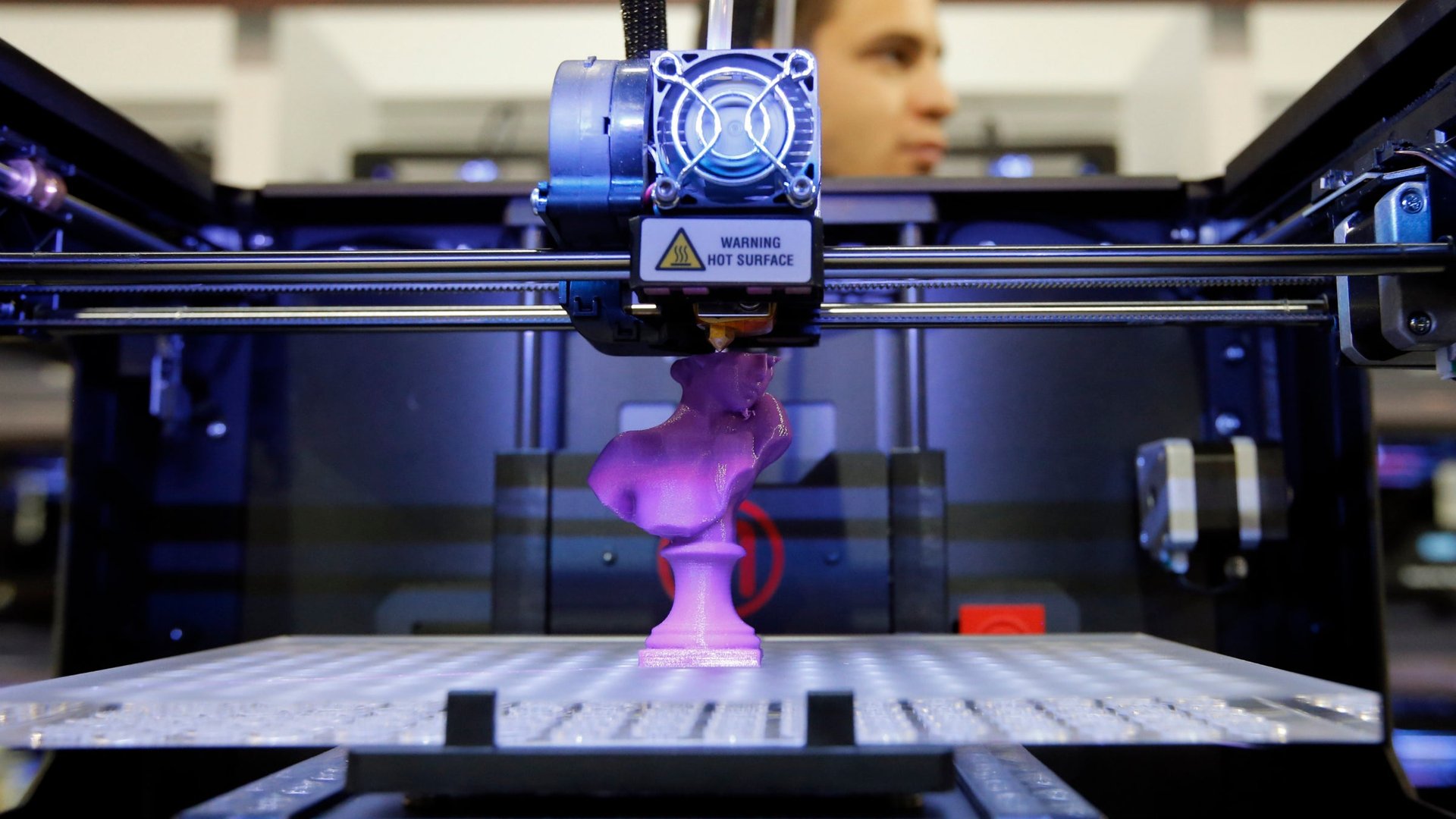Coming soon to a 3D printer near you: human tissue and organs
While the media focus on the possibility of 3D printing assault rifles, something far more meaningful has been going on in a number of university and commercial labs across the US: research to print human tissue and organs. Though printing every other widget under the sun is happening by leaps and bounds, getting viable organ tissue is moving in baby steps. One week ago, San Diego-based Organovo announced a new milestone in this field, using 3D printing technology to assemble functioning sections of human liver tissue, which are viable for testing drugs, for example.


While the media focus on the possibility of 3D printing assault rifles, something far more meaningful has been going on in a number of university and commercial labs across the US: research to print human tissue and organs. Though printing every other widget under the sun is happening by leaps and bounds, getting viable organ tissue is moving in baby steps. One week ago, San Diego-based Organovo announced a new milestone in this field, using 3D printing technology to assemble functioning sections of human liver tissue, which are viable for testing drugs, for example.
In a presentation at the annual Experimental Biology conference of the American Society of Pharmacology and Experimental Therapeutics held in Boston, Organovo demonstrated its success at creating a three-dimensional structure, albeit thin, of actual liver cells. What set this process apart was the ability to build the liver section out of both hepatocytes (key cells that perform many of the liver’s jobs) and stellate cells (which provide both structure and repair capabilities), as well as blood vessel tissue, to create stable liver tissue that “remained viable for 135 hours and retained key liver functions,” according to the company.
Other organizations have been able to use printers to layer stem cells or other types of cells—cultured in bioreactors and laid down in layers like a biological printer ink. Much harder has been creating vascular structures that allows the tissue to be viable longer and allows for the transport of materials into and out of the tissue, enabling more complex functions, such as the production of proteins. Compared to flat, single layer cell cultures in a petri dish, for example, these 3D structures act more like a live section of organ. Over time, Organovo hopes to be able to create larger viable sections, stepping toward 3D printing of implantable liver tissue and ultimately replicated organs.
Numerous other labs have been working with various materials and printing techniques to get beyond these simple layers toward structures that, like Organovo’s mini-liver, have functionality that more closely resembles the real thing. For example, Cornell scientists recently announced the successful printing of a collagen gel into a section of human ear, though this only created a structure and not functioning tissue. Other teams, like Scotland’s Herriot-Watt University, are perfecting the techniques for laying down the stem cells layers from a printer, while groups at Oxford are working on engineering tissue mechanics.
Liver or beef?
Meanwhile, using bioreactors full of stem cells to print tissue for the creation of a different kind of tissue—artificial meat for consumption—has been underway for several years, as shown by Organovo’s Gabor Foragcs at TEDMED 2011 in his demonstration of edible printed meat. He and his brother and Organovo co-founder, Andras, set up a commercial company, Modern Meadow, in that year to commercialize the production of 3D printed meat and leather. However, they and others have faced the similar difficulty of producing textured meat that resembles natural meat, for which plumpness and color is in part derived from vascular tissue—blood vessels—that is difficult to construct with printer technology. Organovo now seems to be on the way to solving this.
Organ printing doesn’t necessarily face the same hurdles standing in the way of, say, mass-printed burgers, like the problem of scaling up: getting enough bovine stem cells to print quantities of meat that can both bring the price of production down and be a meaningful meat replacement at estimated demand levels. As synthetic biology researcher Christina Agapakis points out, culturing of cells at volume for this sort of mass market use is difficult and extremely costly. Culturing smaller batches of tissue for targeted transplant, however, would face economics more familiar in life sciences R&D, where early runs of a drug or treatment can costs hundreds of thousands of dollars. Nor does it face the same perception issues; a printed burger may seem creepy, but a printed liver could save your life.
Measure twice, cut once
In the meantime, 3D printing can still be used to give surgeons practice at facing difficult procedures, not by printing live organs, but through rapid fabrication of models of actual organs, as well as bone structures and other body parts. Engineers at several companies have worked out techniques to print artificial replicas of organs such as livers out of materials like PVA or resins that can be used to test delicate procedures before executing them on a live patient. Using 3D scans, an organ can be generated in a few hours to half a day that allows a surgical team to see and handle issues with a replica of a damaged organ, for example.
So, while Organovo and others are taking the first small steps in printing living tissue, technological capability is advancing fast enough to make it thinkable that functioning printed duplicates of organs able to be transplanted will be possible within a few decades, if not sooner. Wealthy young adults alive today could be able to order up a stock of spare parts should disease, accidents or bad lifestyle choices take down an important organ. Let’s hope they don’t choose to color match them to their favorite Instagram pics, though.